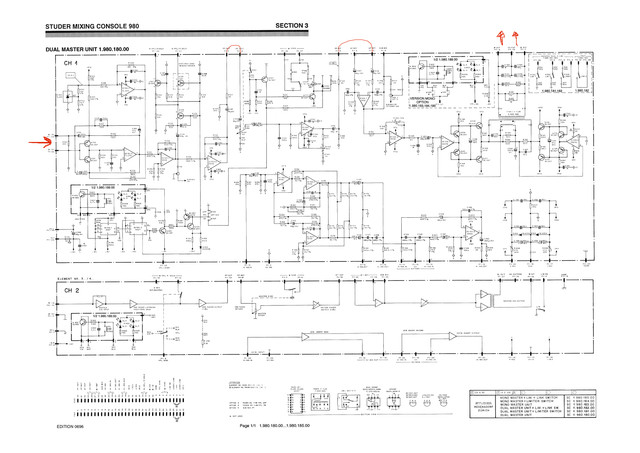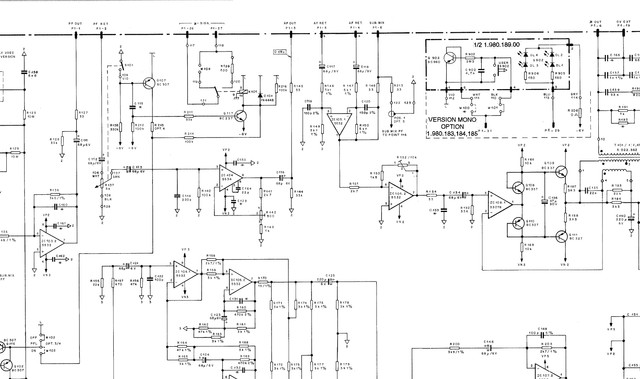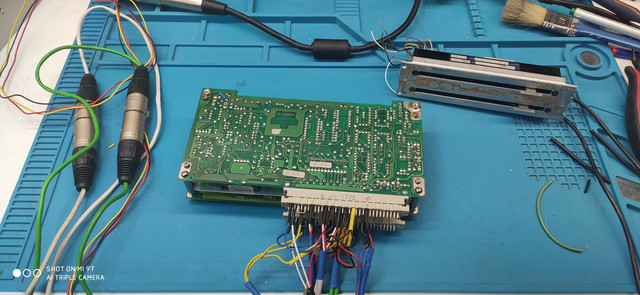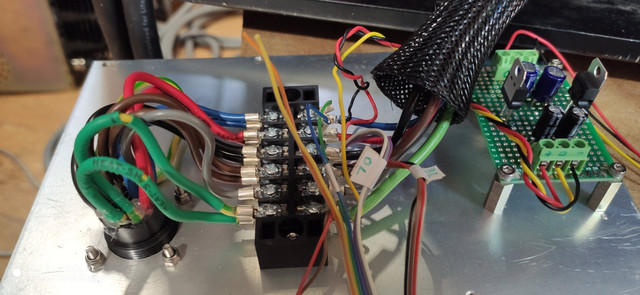AudioIngenia
Well-known member
- Joined
- Feb 22, 2017
- Messages
- 68
I'm testing the summing fader module of a Studer 980 mixer in a Calrec S2 sidecar.
I get the sound on the output, it seems that the sound is correct.
See attached image. I don't like the bridge on the postfader insert.
It is an unbalanced output to balanced input. How can I modify that? Any suggestion?

I get the sound on the output, it seems that the sound is correct.
See attached image. I don't like the bridge on the postfader insert.
It is an unbalanced output to balanced input. How can I modify that? Any suggestion?











![Electronics Soldering Iron Kit, [Upgraded] Soldering Iron 110V 90W LCD Digital Portable Soldering Kit 180-480℃(356-896℉), Welding Tool with ON/OFF Switch, Auto-sleep, Thermostatic Design](https://m.media-amazon.com/images/I/41gRDnlyfJS._SL500_.jpg)



























